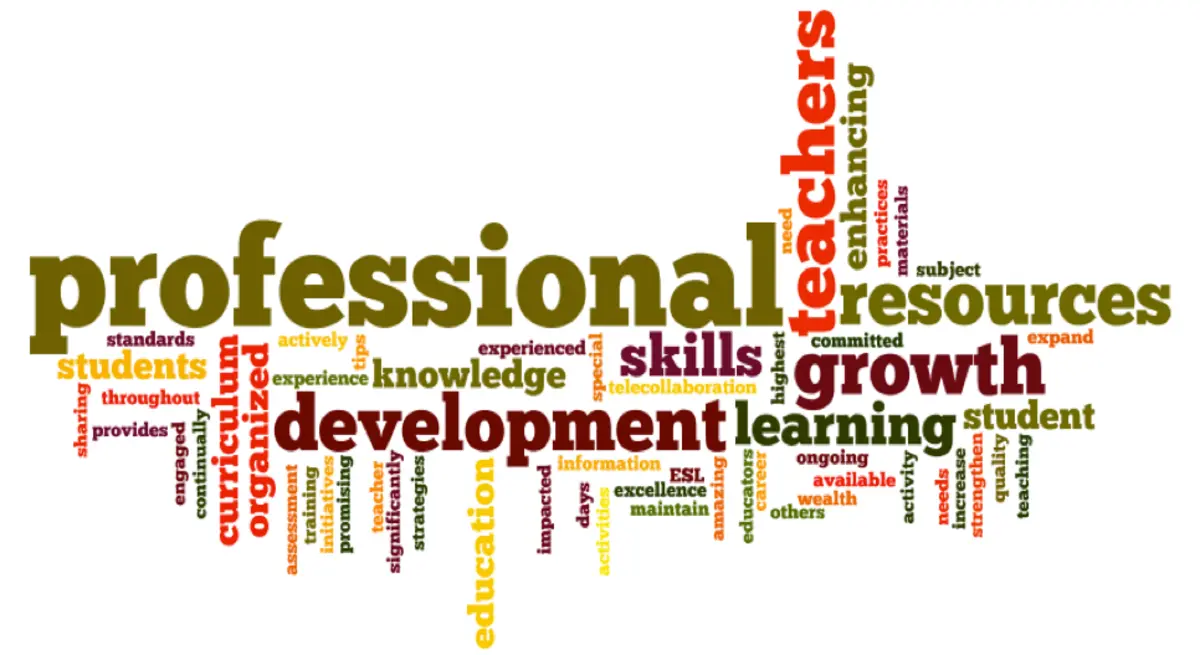
Embarking on a teaching career is an exciting and challenging journey. As a new teacher, it's essential to equip yourself with strategies that will help you grow and develop professionally.Here are ten teaching tips to help you navigate your first years in the classroom and establish a strong foundation for a successful career.
1. Set Clear Expectations with Students
.webp)
One of the most crucial steps in creating a productive learning environment is setting clear expectations from the beginning. Clearly communicate your classroom rules, procedures, and academic expectations to your students. This helps prevent misunderstandings and establishes a sense of structure. Consistently reinforce these expectations to maintain a respectful and orderly classroom.
2. Write and Create Your Planbook Digitally

In today's digital age, utilizing technology for lesson planning can save time and increase efficiency. A digital planbook allows you to easily organize, update, and share your lesson plans. There are various apps and online platforms designed specifically for teachers to plan lessons, track student progress, and collaborate with colleagues. This approach not only helps in staying organized but also provides a backup that you can access anytime, anywhere.
3. Make Besties

Building strong relationships with your colleagues is vital for your professional growth and support network. Find a mentor or a group of fellow new teachers to share experiences, exchange ideas, and provide mutual support. Collaboration and camaraderie with colleagues can help you navigate the challenges of teaching and foster a positive school culture.
4. Google (Image) It

Visual aids can significantly enhance your teaching and help students better understand complex concepts. Use Google Images to find relevant pictures, diagrams, and charts to incorporate into your lessons. Visuals can make your teaching more engaging and accessible, catering to diverse learning styles and making abstract ideas more concrete.
5. Keep Your Space Clean
A clean and organized classroom sets a positive tone for learning. Encourage students to take responsibility for maintaining a tidy environment. Implement routines for cleaning up after activities and keeping desks and common areas organized. A clutter-free classroom can reduce distractions, promote better concentration, and create a welcoming atmosphere.
6. Ask Questions

Never hesitate to ask questions, whether it's seeking advice from experienced colleagues, clarifying doubts about school policies, or inquiring about resources. Being curious and proactive in seeking information demonstrates your commitment to professional growth. Asking questions also helps you build connections and shows that you are eager to learn and improve.
7. Get Organized Digitally and Traditionally

Effective organization is key to managing your workload and reducing stress. Use digital tools like calendars, task managers, and file storage systems to keep track of your responsibilities and deadlines. Additionally, maintain traditional methods such as binders, notebooks, and printed materials for quick access and backup. A hybrid approach ensures you have multiple ways to stay on top of your tasks.
8. Give Students Breaks

Incorporate regular breaks into your classroom schedule to help students stay focused and refreshed. Short breaks for physical activity, mindfulness exercises, or simply a change of pace can improve students' attention and productivity. Recognize that different students have different needs, and flexibility in scheduling breaks can make a significant difference in their overall learning experience.
9. Use Culturally Responsive Teaching Methods
.webp)
Embrace culturally responsive teaching to create an inclusive and equitable classroom. Acknowledge and value the diverse backgrounds and experiences of your students. Incorporate diverse perspectives into your curriculum and use teaching methods that are responsive to the cultural contexts of your students. This approach fosters a sense of belonging and respect, enhancing student engagement and achievement.
10. Enhance Social Emotional Learning (SEL)
.webp)
Social emotional learning is crucial for students' overall development and academic success. Integrate SEL into your daily teaching by promoting self-awareness, self-management, social awareness, relationship skills, and responsible decision-making. Activities like group discussions, role-playing, and reflective journaling can help students develop these skills. A focus on SEL creates a supportive and empathetic classroom environment.
Conclusion
Starting your teaching career can be daunting, but with the right strategies, you can navigate the challenges and thrive professionally. Implement these ten tips to create a positive, organized, and inclusive classroom that supports both your growth and your students' success. Remember, teaching is a continuous learning process, so stay open to new ideas and approaches. For more tips and resources, subscribe to our newsletter and join our community of dedicated educators.